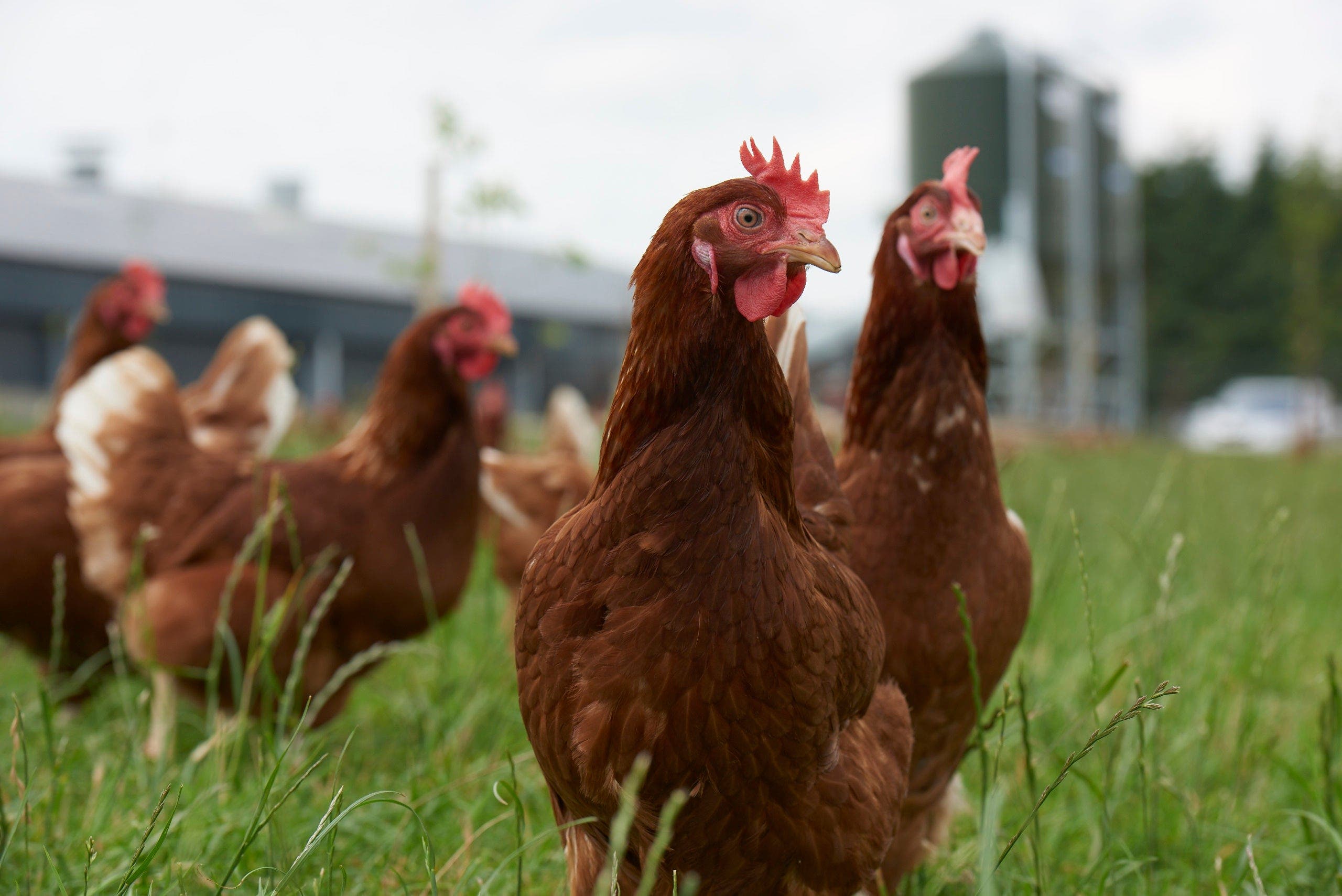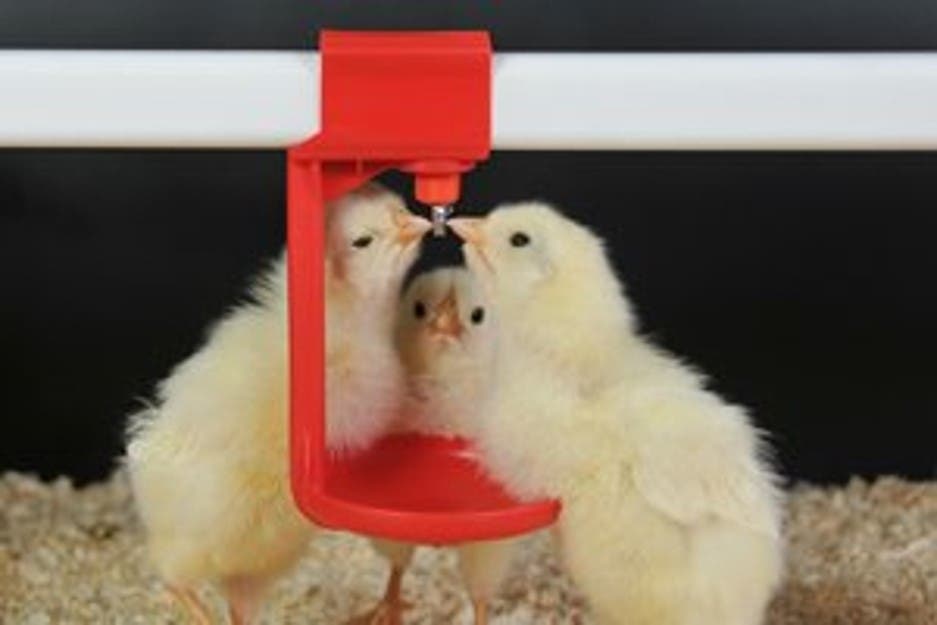New research shows early Salmonella vaccination optimises protection for layer pullets
Recent research indicates that vaccinating layer pullets against Salmonella from day one can optimise disease protection and improve vaccine uptake in chicks.
A newly published scientific paper1, supported by the Animal and Plant Health Agency (APHA), suggests that early Salmonella vaccination helps protect young chick health during their most vulnerable period.
Dr. Doris Mueller-Doblies, global food safety consultant at Elanco, explained:
"Chicks are especially susceptible to Salmonella infection within the first 10-14 days of life. This study aimed to determine if early vaccination could enhance Salmonella protection by establishing early colonisation of the gut with vaccine strains. "
Address preconceptions about early in-water vaccination in poultry
Live Salmonella vaccines, such as AviPro™ Salmonella Duo, which protect against both S. Enteritidis (SE) and S. Typhimurium (ST) strains, can be administered through drinking water from day one. However, there has been a reluctance amongst poultry producers to do this, explains Dr Mueller-Doblies.

"We wanted to address concerns around water intake versus length of the drinking line. So, a field trial was conducted across three commercial layer pullet farms to test the efficacy of early Salmonella vaccination in poultry."
The field trial included four vaccination time points–days one, two, three, and five–across three poultry houses on the same farm.
Each group received AviPro Salmonella Duo via drinking water with the stabiliser AviBlue™.
Due to the extended drinking line, the vaccine was delivered over more than three hours to ensure each chick had adequate access.
Post-vaccination, water samples were taken at the ends of the lines to verify vaccine administration accuracy.
48 hours later, caecal and faecal samples from 10 birds per flock, along with two pooled faecal samples per flock, were tested by the APHA laboratory.

Dr. Mueller-Doblies explained how the results showed improved chick protection against Salmonella.
“Results demonstrated excellent colonisation levels for SE and ST vaccine strains, especially in birds vaccinated as early as day one, with levels reaching >10^6 cfu/g in caecal content.
“Caecal and liver colonisation levels varied depending on the chick’s age at vaccination, which may be attributed to early changes in gut flora.
“Despite this, all pooled faecal samples were positive for both strains of Salmonella, and the highest levels of S. Enteritidis were observed in liver samples from birds vaccinated on day five.”
Early pullet vaccination ensures comprehensive Salmonella protection
In conclusion, analysis confirmed that all 120 birds tested had detectable levels of the Salmonella vaccine strains in at least one sample within two days post-vaccination.
This signified successful vaccination across all birds, said Dr. Mueller-Doblies.
The results concluded that vaccinating layer pullets as early as day one with the dual-strain AviPro Salmonella Duo vaccine is an effective method to protect poultry flocks against Salmonella.
"Administering the vaccine over an extended period (three hours), as per the recommended vaccination guidelines, helps ensure very young birds consume sufficient quantities.
"The study also shows that AviPro Salmonella Duo vaccine strains remain stable in water for several hours, offering flexibility in poultry vaccination timing."
Further research is underway to establish the exact survival time of vaccine strains in drinking water, helping producers optimise Salmonella prevention strategies in poultry production.
Learn more on how to prevent Salmonella outbreaks in poultry flocks
- Cawthraw, S et al. 2024. Early vaccination of laying hens with the live bivalent Salmonella vaccine AviPro™ Salmonella Duo results in successful vaccine uptake and increased gut colonisation